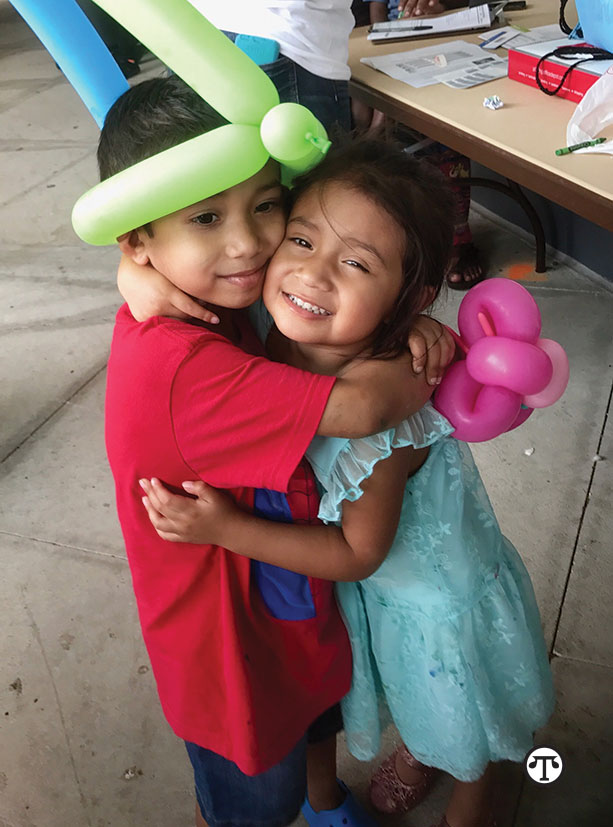
(NAPSI)—Seven-year-old Julián Morales seems like any other young boy—he loves playing video games, watching baseball, spending time with his little sister and eating chocolate ice cream—but there’s a big difference.
The Problem
Unlike most children, Julián suffers from a rare, life-threatening blood disorder. His only hope for a cure is an unrelated blood stem cell donor.
“It’s very difficult because Julián can’t do everything like other children his age,” said Mayra Garcia, Julián’s mother. “We want to see our son healed. But that may not happen if we cannot find a blood stem cell match.”
Julián’s search for his perfect donor is more difficult because of his Hispanic ethnicity, which is a blend of Mexican and Nicaraguan. Even at the largest and most diverse blood stem cell registry in the world, only 7 percent of the more than 19 million registry members are Hispanic. As a result, Hispanic patients fighting blood cancer such as leukemia or blood disorders have only a 46 percent chance of finding a fully matched blood stem cell donor compared to a 77 percent chance for those who are white. Because people are more likely to match someone of their same ethnic background, Julián’s family is hoping more Hispanics will join the national Be The Match Registry.
People from diverse backgrounds, particularly Hispanic or mixed ethnicities, can register to become a potential donor and help save a life. Those between the ages of 18 and 44 are most urgently needed since they’re requested by transplant doctors more than 85 percent of the time and research shows that these donors provide the greatest chance for transplant success.
What You Can Do
To be a part of the solution, visit https://join.bethematch.org/saveJulian and complete the online registration form. You’ll get a swab kit with easy-to-follow instructions on how to complete the registration process at home and return the swab samples in the mail. Becoming a donor is safe, free and confidential.
How It Works
About one in every 430 U.S. Be The Match Registry members go on to donate to a patient. If someone is identified as a genetic match for a searching patient, he or she will be asked to donate blood stem cells. Most often, blood stem cell donation is a nonsurgical, outpatient procedure similar to donating platelets or plasma.
Learn More
For further facts about blood stem cell transplants, how they can cure blood cancers and how you can help others, go to www.BeTheMatch.org.
“People of Hispanic or mixed ethnicities can register with the national Be The Match Registry to become potential blood stem cell donors and perhaps save a life. http://bit.ly/2xVM5mw”
